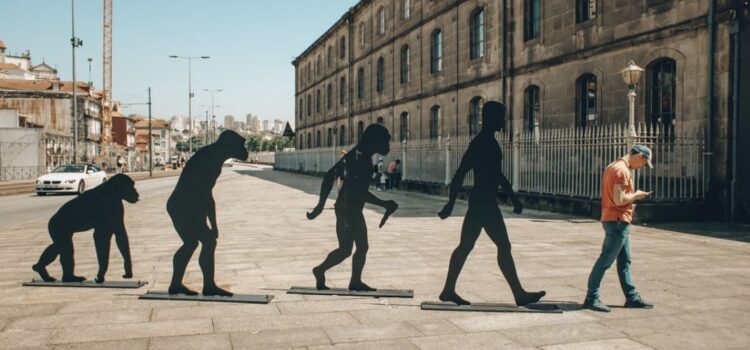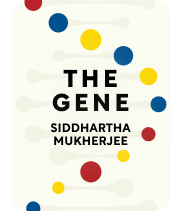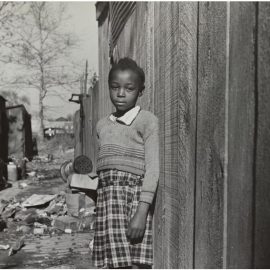

This article is an excerpt from the Shortform book guide to "The Gene" by Siddhartha Mukherjee. Shortform has the world's best summaries and analyses of books you should be reading.
Like this article? Sign up for a free trial here.
What is Hugo de Vries known for? How did Hugo de Vries’s theory of evolution differ from Darwin’s?
Hugo de Vries is known for filling the gaps in Charles Darwin’s theory of evolution by adding the concept of mutations. Mutations are a critical part of the evolutionary theory: There must be a chance, however small, that genetic information could spontaneously change during reproduction.
Here’s why without mutations, evolution is not possible.
de Vries Fills in the Gaps
In the 1890s, Dutch botanist Hugo de Vries made the next major step toward modern genetics by recognizing that a self-contained unit of heredity perfectly explained Darwin’s observations of how species evolve. In other words, Mendel and Darwin’s discoveries were both parts of a single, cohesive theory of evolution.
Hugo de Vries’s theory of evolution supplemented Darwin’s theory by adding the concept of mutations. Mutations are important because evolution requires diversity—natural selection can’t “select” genes that don’t exist—and without mutations, there would be no way for new traits to appear. For example, Darwin’s finches couldn’t have developed different types of beaks unless there were already slight beak differences coded into their genes.
Sources of Genetic Diversity
As de Vries noted, evolution needs diversity—there must be a large pool of genes and gene combinations for natural selection to “select” from.
Broadly speaking, there are two sources of genetic diversity:
Mutations. Sudden changes to the DNA in a sperm or egg cell. You could think of these as genetic errors that happen during reproduction. Some mutations are harmless, while others (as with genetic diseases) are devastating. Rarely, by pure chance, a mutation could also be beneficial—for example, a slight change in eye structure might help someone see far away more easily.
Sexual reproduction. Combining genes from two different organisms results in offspring with unique combinations of traits. For example, if one parent has blond hair and blue eyes, while the other has brown hair and brown eyes, their child might have blond hair and brown eyes. Part of the reason for these unique combinations is a process called crossing over, which we’ll discuss in the next section.

———End of Preview———
Like what you just read? Read the rest of the world's best book summary and analysis of Siddhartha Mukherjee's "The Gene" at Shortform.
Here's what you'll find in our full The Gene summary:
- What genes are and how they work, explained in simple terms
- The history of gene discovery, dating back to the 1800s
- What the future of genetic engineering looks like






